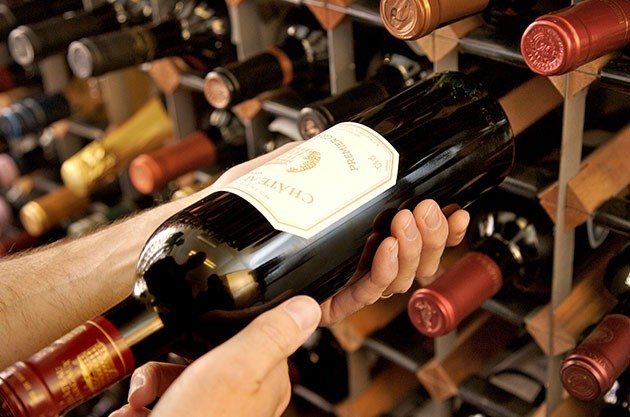HOW TO STORE PAPER
Paper has a way of accumulating, using much needed space and ultimately needs to be stored whether short-termed or for an undetermined period of time; even ‘forever’. Clients’ files, not current, or researched data and similar bulk material can be stored economical and safely in self-storage units where temperatures and humidity are regulated. Certain documents need to be kept by law for a specified time that may differ from country to country.
Personal documents like share certificates, birth certificates, marriage and divorce papers, wills, etcetera, need special care before being stored, whether at home in a fire-proof container or at your bank. Apart from the safety aspect there is the chemical reactions that paper can undergo whilst stored for decades.
Paper is manufactured from wood pulp or other vegetable sources. The process consists of a watery pulp mixture, called slurry, that gets drained, dried and pressed flat to a certain weight and strength. Fillers are added for opacity and whiteness. These starches and chemicals can be acidic or alkaline. The paper is then calendared, meaning to polish the surface. Paper will therefore react to the weather and any other chemicals that it is exposed to.
- Sunlight and heat will make paper brittle and colour will fade. The appearance of most papers may deepen in colour as is often visible in framed certificates, hanging in well lit interiors.
- Damp is paper’s number one enemy. It will weaken the surface and papers will stick together, creating an ideal environment for mould to grow.
- Insects like fish moths can ruin documents. Eggs are laid between pages and when hatched, the young feed on the starch in the paper. Self storage units are vermin free, but it is advisable to pop a few moth balls into a box before storing.
- Dust and fumes may pose minimal dangers to paper, but keep photographs clear from it.
More don’ts:
- Do not laminate or store valuable documents in PVC folders. The chemicals react with those in the paper. (Polypropylene is safe though)
- Do not use rubber bands to secure papers. Use cotton ribbon or string instead. Avoid glues or sticky tapes as well.
- Do not store newspaper clippings with other paper. The cheaper newspaper’s acidity will affect the better paper. Rather replace the clippings with copies.
In a controlled environment office paper can be safely stored for thirty years or more. Backup copies on CDs do not take up much space – a clever safety measure. Valuable documents that must be conserved forever, should be prepared for storage. The safest method would be the safe deposit box of a bank. Sound advice: Scan every item and save on some electronic system. Note: It is essential, before packing away precious items, to interleave them with acid-free paper.
4



